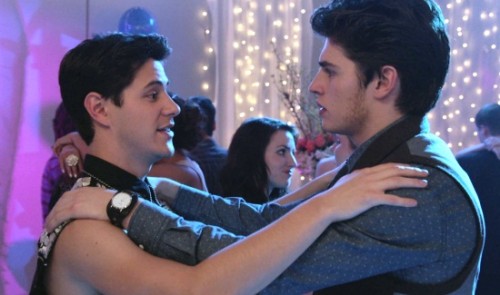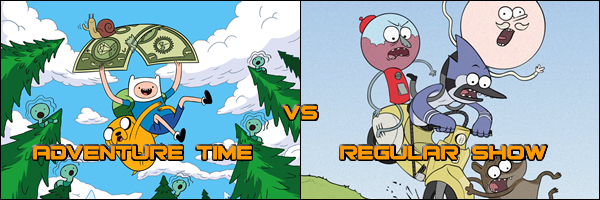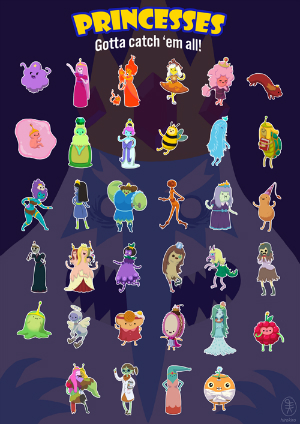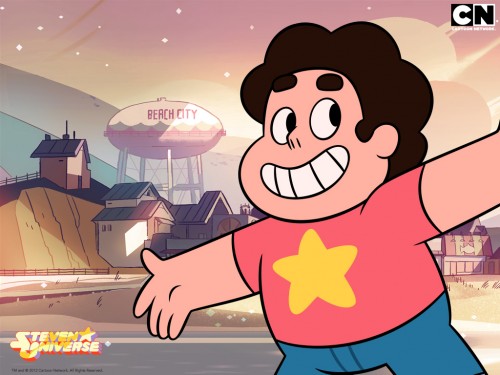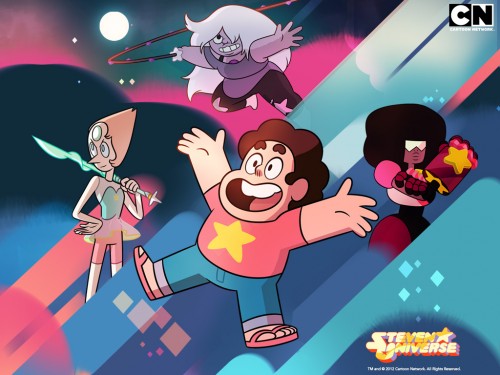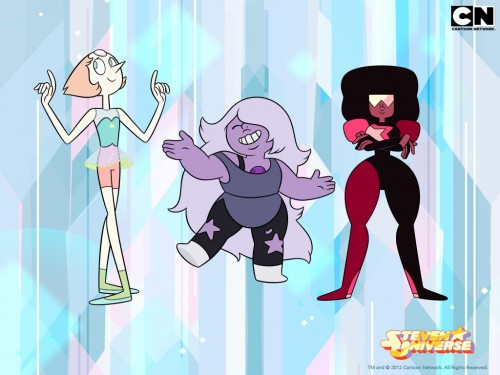Written by Jenny Lapekas.
SPOILERS GALORE, PEOPLE!
I recently began watching American Horror Story on Netflix to see what all the hullaballoo was about, and I quickly became a die-hard fan of the series. I’ve heard some feminist criticism that popular television’s rape trope is abused and unnecessary. Many viewers find rape scenes more difficult to endure than the goriest and bloodiest of murder scenes in film and on TV. AHS depicts rape in each of its three seasons (season four: “Freak Show” begins in October of this year), and I’ve been trying to make some sense of these scenes: all very different, yet centered around the idea that rape is its own horror, worse than murder. Sexual violence in film has always been controversial, in part because it works as an acknowledgment of something so many victims are afraid to share or discuss, even with other victims. AHS’s handful of rape scenes reference gender roles, mental illness, and identity politics, and do in fact have a place in the storylines in which we find ourselves so invested.
We frequently discover rape in the horror genre for obvious reasons, and the well-known rape-revenge narrative (I Spit on Your Grave, Last House on the Left) is present on AHS, as well. While this marker of feminist feedback surfaces in the series, the show also works to introduce the rare female-on-male rape scene (a game-changer, for sure–see Descent) along with some very disturbing mommy issues.
AHS addresses all of our darkest fears, but the good news is that horror actually helps us to deal with our personal fears because it gives them shape and helps us to rationalize our feelings, thus unshackling us from the unknown and destroying our dread in the process. The moment something mysterious is given a name, its spell over us is broken, and we’re free to discover something else that goes bump in the night. Girls and women are told that rape is the worst thing that can happen to us (“He could have killed you…or worse”), and it’s no surprise that we find it in every season of AHS thus far, so I think it’s worthwhile to consider how the show constructs these unnerving scenes and to assess our response to them.
AHS offers the recurring theme of characters’ pasts catching up to them, reminding us that we can’t outrun the tragic mistakes we’ve made; Ben impregnates his young mistress in “Murder House,” Anne Frank recognizes Dr. Arden as an ex-Nazi in “Asylum,” and Fiona spends eternity in a farmhouse with the Axe Man for being such a wicked bitch in “Coven.” It would only make sense that the show’s rapists pay for their crimes, and this is our reward for watching some very problematic and complex rapes for three seasons.
In season one, “Murder House,” Vivien (Connie Britton) is raped by “the Rubber Man,” who is a stranger to us for a few episodes, until we discover that he’s actually Tate. The well-intentioned Ben finally forces him to admit that he raped his wife and fathered one of Vivien’s twin boys. Obviously, Tate is troubled; he shoots up his school, killing several students, and also sets his stepfather on fire, which permanently disfigures him, but we root for him anyway–not simply because female fans are in love with Evan Peters’ charm and good looks, but because we want to believe that deep down Tate is a good guy who loves Violet. It’s also significant that Tate dons the creepy rubber suit when he kills and rapes; in this way, Tate forfeits any identity associated with the costume, as if an idea were assaulting and impregnating Vivien, rather than a teenage boy.

Plenty of innocent people are injured and killed throughout the series: the eerie yet lovable Addy is hit and killed by a car in “Murder House,” Grace is savagely killed with an axe by Alma in “Asylum,” and Nan is drowned in a bathtub by Fiona (cinematic goddess Jessica Lange) and Marie Laveau (Angela Bassett) in “Coven” precisely because she is “innocent,” and the guilty parties always seem to pay for their crimes, in one form or another. For example, the mentally disabled Nan (the lovely and talented Jamie Brewer has Down Syndrome in real life) is sacrificed to Papa Legba (a sort of voodoo Boogie Man) as an innocent, but Fiona explains, “She killed the neighbor, but the bitch had it coming,” an example of the show’s signature black humor and also our willingness as viewers to play judge, jury, and executioner as we watch the addictive carnage of AHS. After all, the oh-so-devout neighbor did kill her husband and son both, magnifying the hypocrisy we often encounter in seemingly the most pious of individuals. Whether we’ll admit that we gain some joy and satisfaction from watching this horrid lady drink bleach and die determines what kind of viewers and people we happen to be.
I think one of the themes AHS wishes to convey is that none of us are entirely innocent…or evil for that matter. “Original sin” runs rampant throughout season two, “Asylum,” where many scenes are structured around religion and humanity’s treatment of God as deity, concept, and man’s invention. In this season, Lana is chained to a bed and raped by Dr. Thredson, a man she trusted and confided in before he abducts her. Because of his deep-seated abandonment issues with his mother, he declares, “Baby needs colostrum” and begins “nursing” from the helpless Lana. Since colostrum is the first milk produced during pregnancy, this sentiment is deeply symbolic, as the nourishment ensures bonding between mom and baby. Lana’s rape serves as a catalyst for her journalistic career and bestselling memoir, and she ultimately kills the product and evidence of the crime: her estranged son, who’s just as whacked out as his father.

After an exorcism is performed on a patient, of course Satan chooses the most innocent and pious resident at Briarcliff Manor: Sister Mary Eunice; yet, we’re not prepared to watch her rape the good-hearted Monsignor. An important current discussion surrounding rape culture is how any woman can overpower a man, and this scene utilizes the binary of good and evil to build on that reality. This scene also works well because the Monsignor seems to be fighting biology, trying desperately to resist what he really wants–sex with a beautiful woman, the very thing God tells him he must resist at all cost. Fittingly, the Monsignor is the one to finally rid Briarcliff of the evil spirit by throwing the sister down to the ground level, killing her (symbolism, much?!). This rape, then, is the climax of the devil’s reign at Briarcliff before he’s sent back to hell. When a strange little girl is abandoned at Briarcliff, Sister explains, “All I ever wanted was for people to like me.” Her possession story can be seen as the Sister gaining some control and self-confidence in both her personal life and her duties at the mental hospital, but sacrificing her virtue in the process. Sister Jude (Jessica Lange) tells her, “I don’t know what’s gotten into you lately, Sister, but it’s a decided improvement,” alerting us to the idea that we can find evil more appealing than righteousness.

In season three, “Coven,” we find the rape-revenge narrative when Madison is gang-raped at a frat party in New Orleans. There’s some obvious foreshadowing when she tells a boy to get her a drink and asks him if he wants to be her slave. Within rape culture, Madison’s assault can be seen as “putting her in her place.” When the boys flee the party, she uses her powers to flip their bus and not only kill everyone onboard but break their bodies into pieces. Probably the only kind thing she does throughout season three, Madison helps Zoe to put Kyle (Evan Peters) back together using the body parts of his frat brothers. Madison says, “We take the best boy parts, attach them to Kyle’s head, and build the perfect boyfriend.” The grotesque objectification of the male body (in death, no less) is oddly refreshing. Kyle’s heart, soul, and mind are still intact after he regains his senses, and he eventually falls in love with Zoe.

Madison’s tight dress, celeb status, and rude treatment of a random frat guy all point to the possibility of victim blaming, but the witch doesn’t let the young men live long enough to point the finger at her. Their quick exit and attack on the innocent Kyle, however, are enough to confirm their guilt, or rather the acknowledgement that a crime had in fact been committed that night. Madison’s magical powers and ability to turn over the huge bus with a swipe of her hand are reflections of a feminist fantasy: an eye for an eye. This rape takes place early on in the series both to convey Madison’s metaphysical powers and to remind us that despite this alliance with the occult, she can still be the target of a sexual assault. We likely find ourselves joyful that these young boys die in a gruesome way after what they do to Madison. Here, the witch archetype is presented as a source of feminine power and feminist vengeance. The moral of “Coven”: Don’t piss off a witch.

Another female-on-male rape takes place when Zoe visits one of Madison’s rapists in the hospital. We may be hesitant to view this as a rape scene since Zoe is a woman raping an unconscious man. Some critics may even say that the crime couldn’t possibly be rape because of course he would “want it” if he were conscious, but we should be careful not to default to that logic, because it’s the same logic used by rapists in victim blaming. Although this doesn’t seem an act of violence, Zoe rapes the boy because she has discovered that any man she sleeps with soon dies (vagina dentata, anyone?). I suppose this rule doesn’t apply to Kyle since, in a sense, he’s already dead.

Indeed, retribution is at work on AHS. We discover that the college-aged Kyle is chronically molested by his mother, and we’re surely cheering when he bludgeons her to death with a lamp. Evan Peters gives a stellar performance in every season of AHS thus far, and acts as an ally when he attempts to stop his frat brothers from raping Madison. While AHS clearly depicts the rape-revenge storyline in “Asylum” and “Coven,” “Murder House” offers a slightly different representation of rape. When Vivien is raped by a ghost, she’s unable to completely make sense of the situation until she becomes a ghost herself after dying in childbirth. And even after Ben forces Tate to admit all the wrongs he’s committed in both life and death, Tate is not granted any forgiveness or reprieve; rather, he’s banished by Violet, who he claims is “everything he wants.” Funny enough, what Vivien wants most–a functional family and a new baby–is partially achieved via several acts of violence: her rape, Violet’s suicide, and Ben’s scorned mistress hanging him above the stairs. In fact, the family’s last name “Harmon” sounds a lot like the word “harmony.”

Biology dictates that we avoid the grotesque, the disturbing, and the bizarre, while AHS pleads with us to confront the demons and monsters around and within us, unveiling the reality that we are capable of the same evils we meet throughout the series. We can learn something from the unbelieving nun, the bible-thumping murderer next door, the ironically retarded clairvoyant: not only are appearances deceiving, but if we continue to construct our own realities from them, it will inevitably bite us in the ass.
Rape sequences are supposed to be horrifying and unsettling, and it’s important to examine how we watch rape and why its inclusion in film and television is not meant to demoralize us or assault our senses, but rather to make us think. Other than the obvious crimes of rape and murder, the show investigates adultery, the gross abuse of power, heresy in its many forms, and betrayal; in fact, there are so many knives sticking out of characters’ backs throughout each season, we’re uncertain who is going to be next. The rapists we meet on AHS inevitably pay for what they’ve done, rendering the series a feminist work and a platform for further discussion of what scares us the most and how we navigate that fear.
Recommended reading: Becky, Adelaide, and Nan: Women with Down Syndrome on ‘Glee’ and ‘American Horror Story’, Exploring Bodily Autonomy on ‘American Horror Story: Coven’, Reproduction & Abortion Week: ‘American Horror Story’ Demonizes Abortion and Suffers from the Mystical Pregnancy Trope
5 Ways ‘American Horror Story: Coven’ Both Conforms to and Challenges Misogynistic Tropes, ‘American Horror Story: Coven’ Exposes Rape Culture: Is this Social Commentary Effective?, ‘American Horror Story: Freak Show’ to be less campy than ‘Coven,’ FX chief says
_______________________________________________
Jenny has a Master of Arts degree in English, and she is a part-time instructor at Alvernia University. Her areas of scholarship include women’s literature, menstrual literacy, and rape-revenge cinema. You can find her on WordPress and Pinterest.
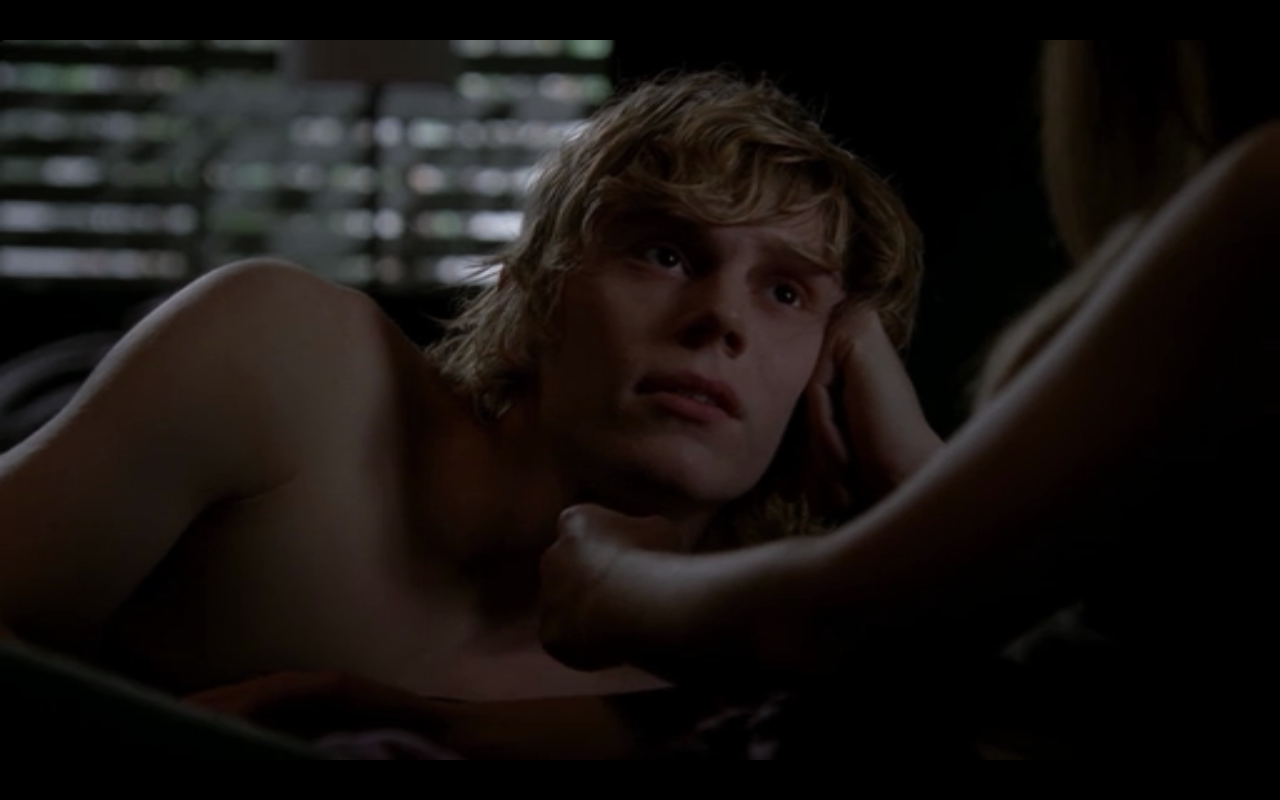








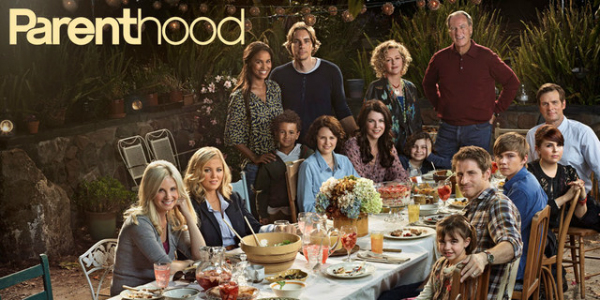
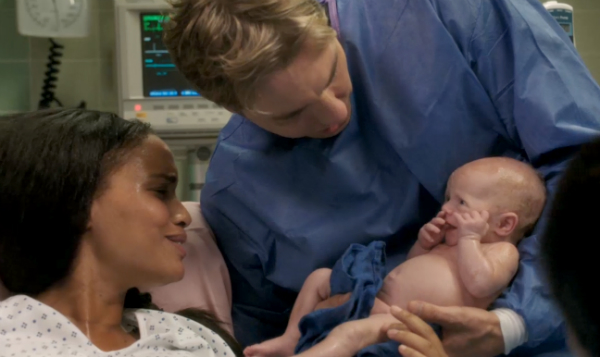
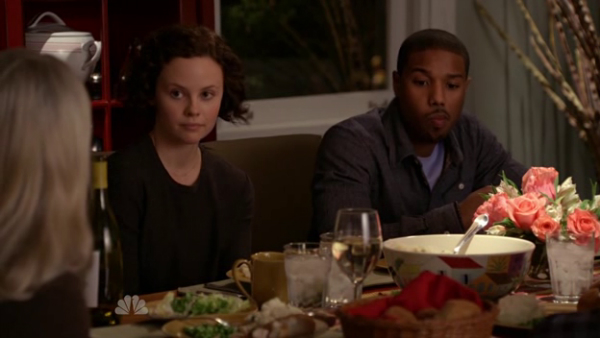
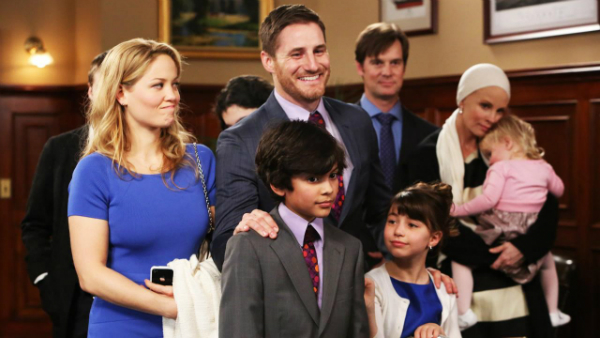
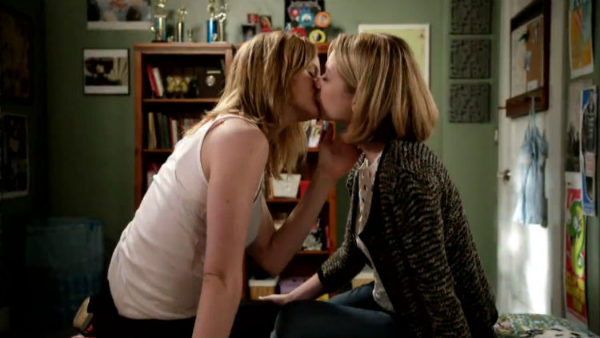
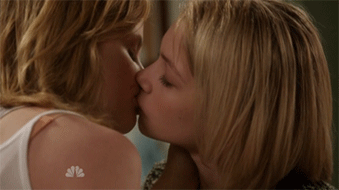
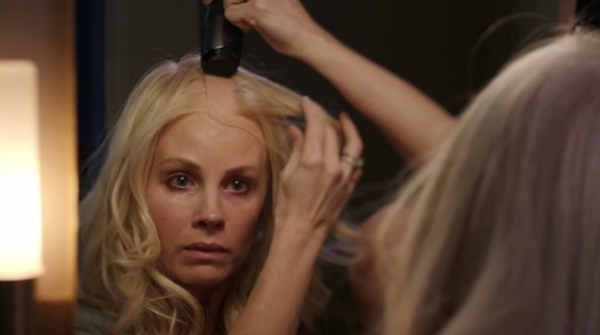
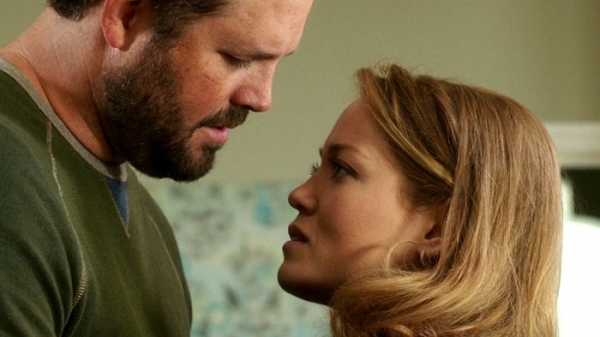
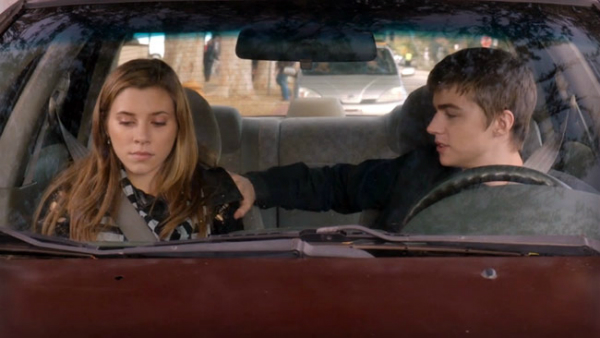
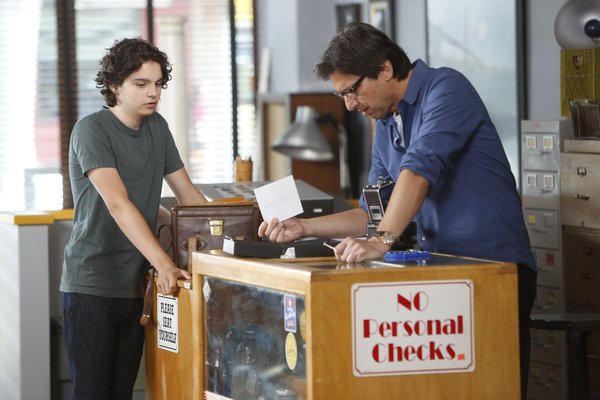
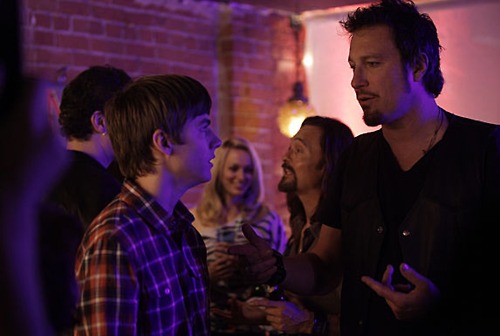
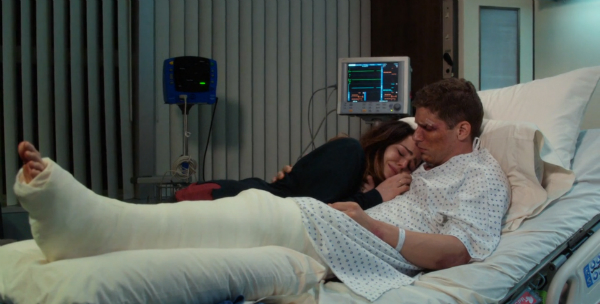
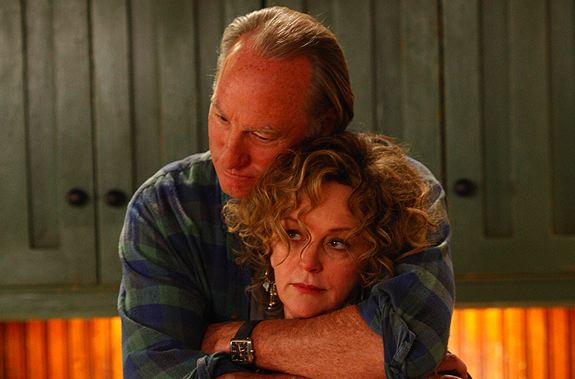
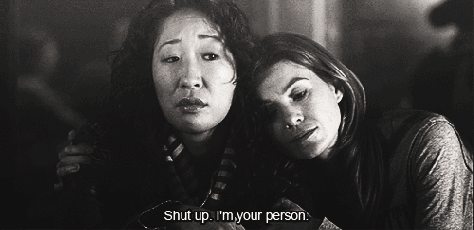
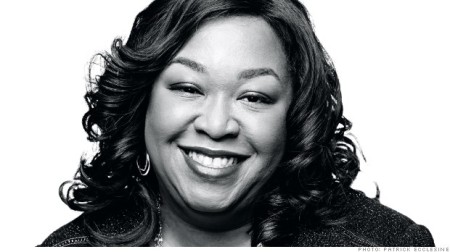
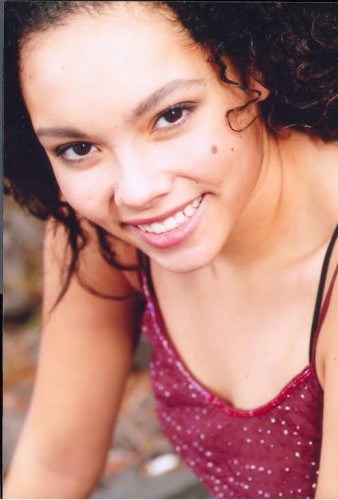
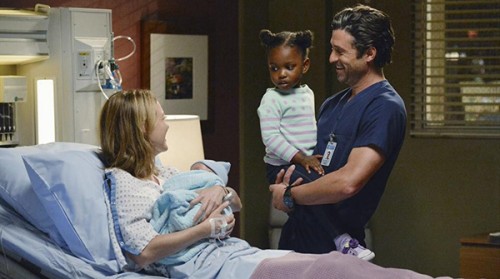

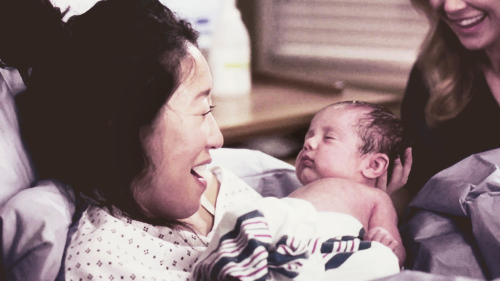

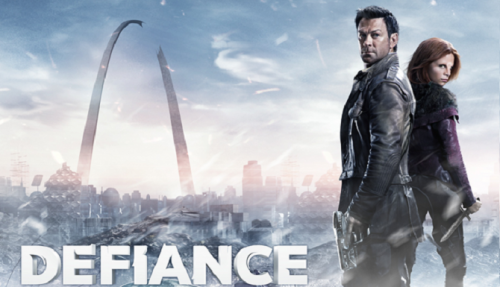
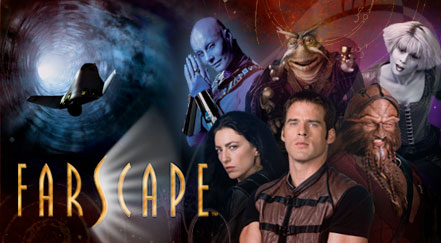
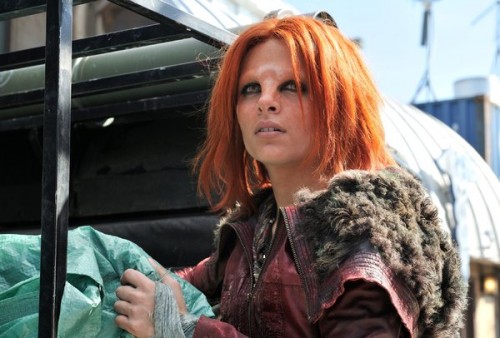
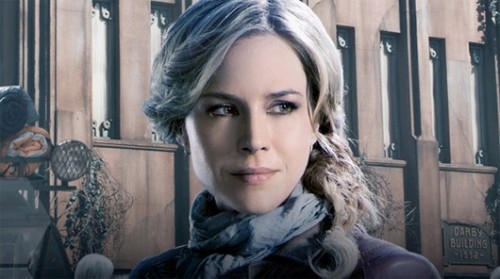



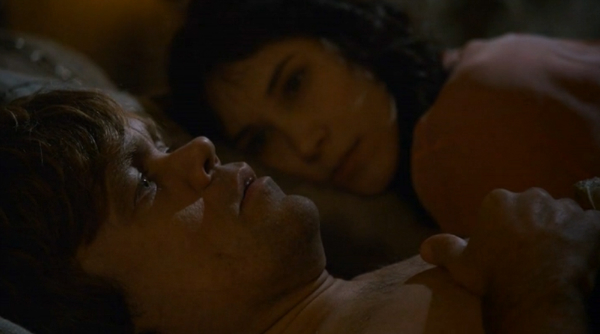

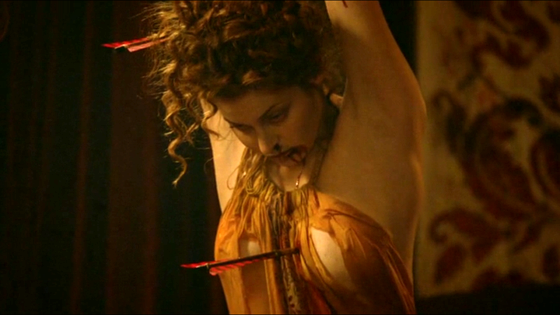

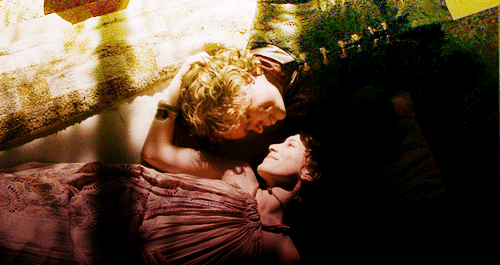



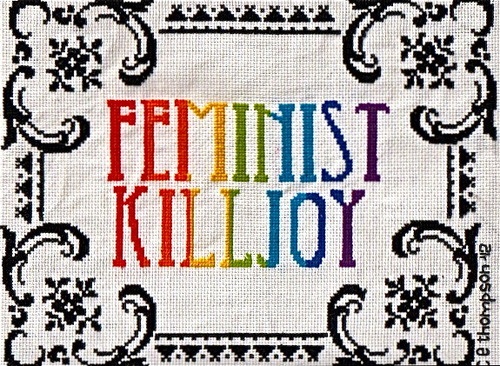
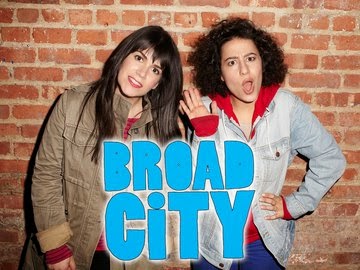





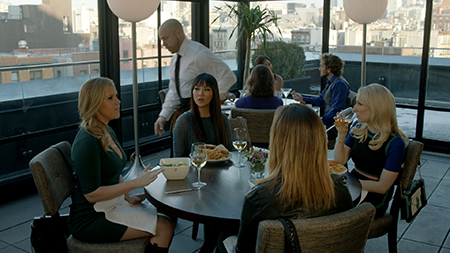



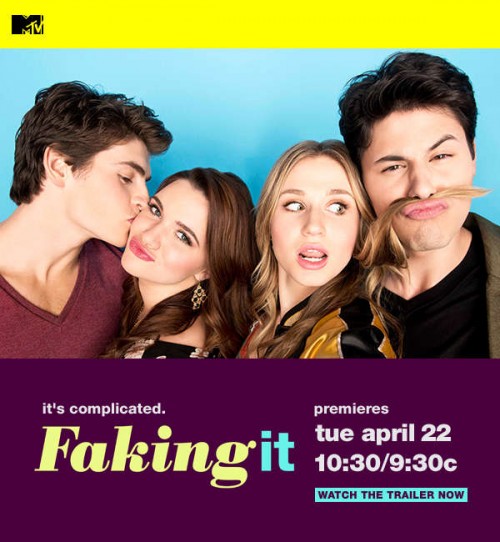
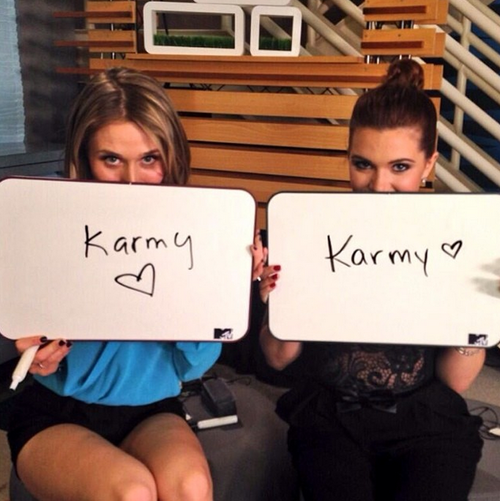
![The butch one??? [image credit: MTV]](https://btchflcks.com/wp-content/uploads/2014/06/faking-it-rita-volk-e1404142947986.png)
